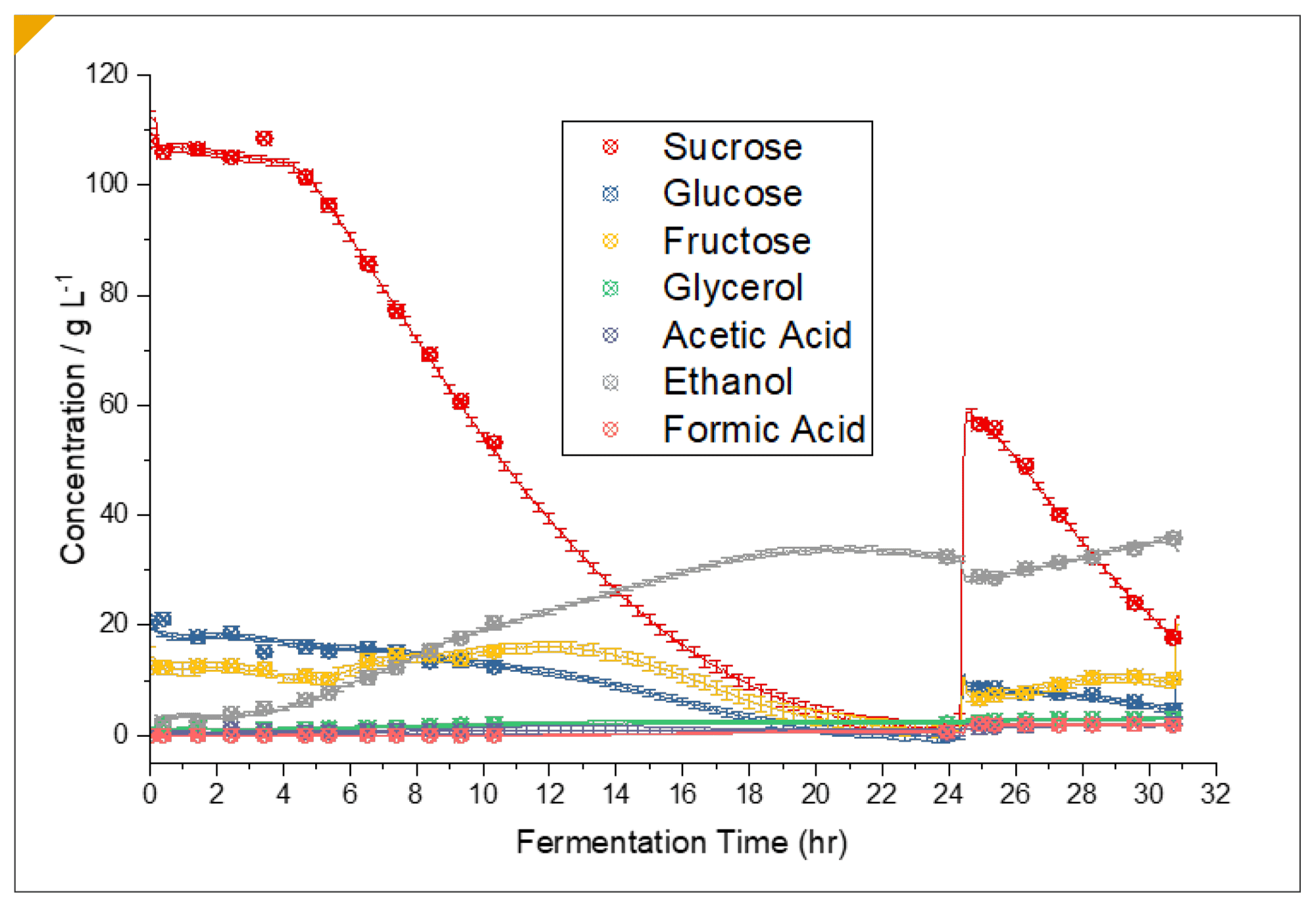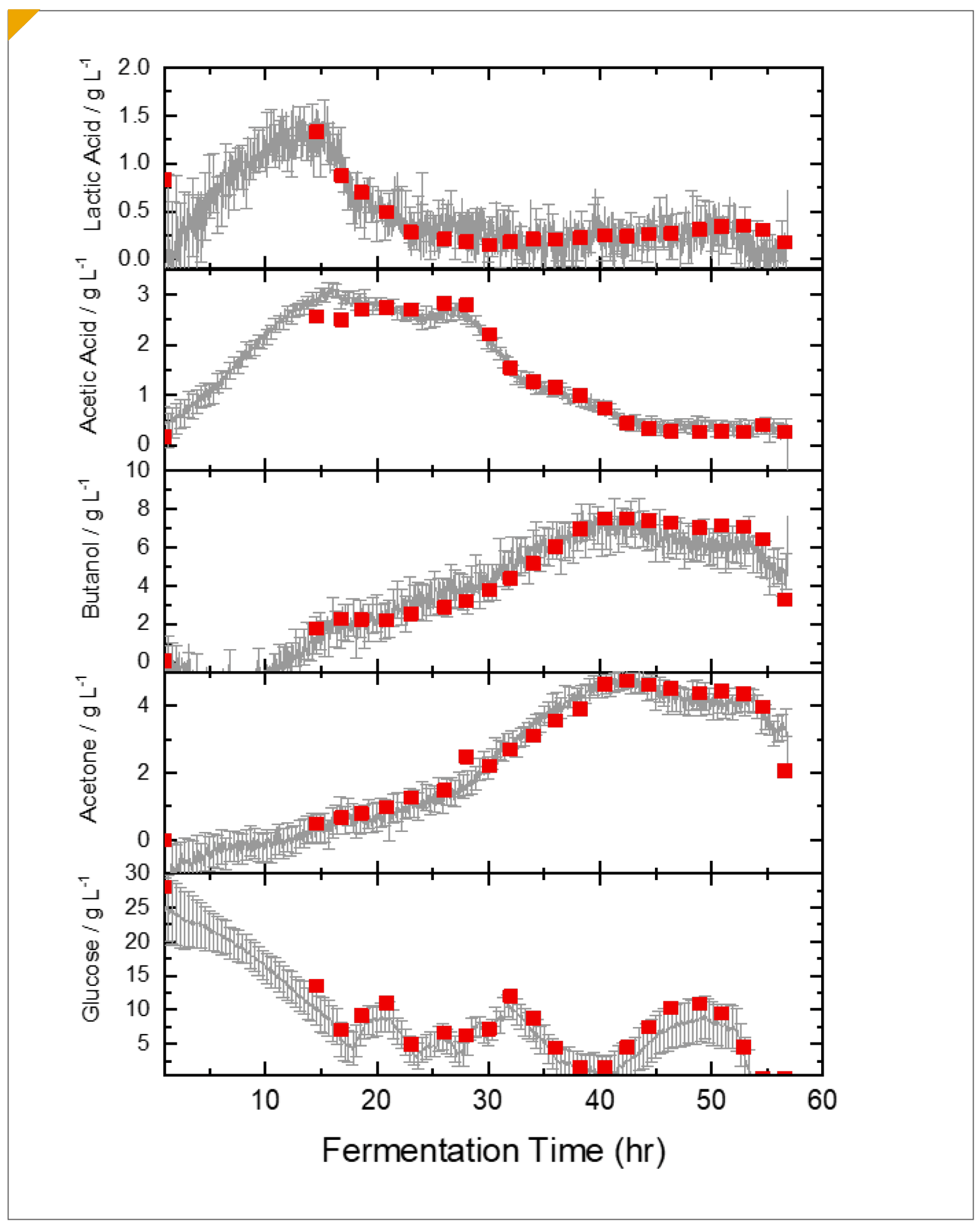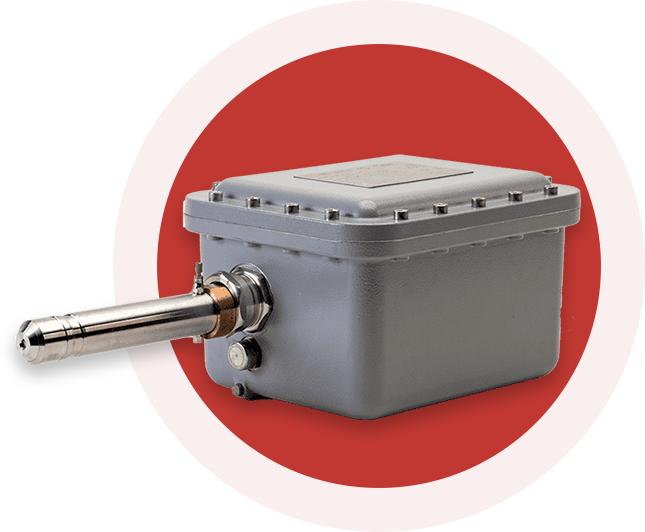
The IRmadillo in Fermentation
In-process monitoring of industrial fermentation & cell-culture processes
In-line and on-line process analytical technology (PAT) of chemical and biochemical reactions is one of the most powerful tools in modern science. Spectroscopy-based PAT represents a very real route to saving money by allowing real-time analyses of key chemical concentrations and species within commercial fermentations. This enables the operator to immediately catch problems and potentially save batches that may have otherwise been lost.
Effective use of PAT in Bioprocesses
- Monitoring the concentrations of feedstocks and using them for closed-loop control of fed-batch processes (e.g., glucose in either CHO cell culture or many fermentation processes)
- Spotting contamination markers (such as lactic and acetic acid) early and either rectifying or aborting the batch in a cost-effective way
- Running the process at a much higher production rate where the product is toxic to the organism (e.g., solvent concentration in acetone-butanol-ethanol [ABE] fermentations)
Challenges
IRmadillo & Fermentation Analyzes
Experimental
Results and Discussion
Figure 1 shows the traces for predictions of a simple yeast-based fermentation over approximately 32 hrs. The IRmadillo simultaneously tracks the concentrations of sugars (ranging from 0 – 110 g L-1), ethanol (0 – 40 g L-1), glycerol (0 – 5 g L-1), as well as acetic and lactic acids (< 1000 ppm).
The independent monitoring of fructose, glucose and sucrose demonstrates the power of FTIR. Since sugars all have very similar structures, it can be difficult to differentiate between them. NIR in particular struggles to achieve this, and although off-line sampling can measure them independently, it is costly and slow. Moreover, the spectrometer simultaneously measures the concentration of glycerol, and very low concentration acids. These can provide an early indication that the process is failing. Early detection of a failed batch is critical to improving production efficiencies and optimizing cost savings.


Industrial fermentations cover a wide range of feedstocks and products, and are no longer limited to solely ethanol production. Figure 2 shows the measurements of an ABE fermentation from an industrial manufacturer. This process uses frequent dosings of glucose and was aiming to use on-line PAT to achieve a constant glucose concentration through closed-loop control.
It is obvious that the glucose concentration with their standard approach fluctuates between 5 and 15 g L-1 and is easily monitored using the IRmadillo. The acetone and butanol concentrations can also be accurately measured, as well as the presence of organic acids (lactic and acetic in this case). This shows that the IRmadillo is a suitable analyzer for all types of bioprocesses regardless of the type of biomass and final product.
The IRmadillo is capable of monitoring almost any molecule, for example:
- Sugars
- Organic acids
- Alcohols (both mono-alcohols such as butanol and ethanol, but also di-ols and tri-ols such as glycerol)
- Proteins
- Amino acids
- Urea and ammonia
- Anions such as sulfates and sulphites, phosphates and phosphites, nitrates and nitrites

Conclusions
If the molecule has a covalent bond then the IRmadillo can probably detect and measure it. These results show that the IRmadillo can be effectively used to monitor different types of fermentations. Both yeast- and bacterial-based fermentations can easily be monitored, with the probe inserted either directly into the fermentation vessel or via a flow cell.
The IRmadillo allows the concentration monitoring of multiple different chemical species, with many different components being demonstrated here, over several orders of magnitude of concentration ranges.
This work shows that the application of PAT through the introduction of the IRmadillo into fermentations can help to reduce waste and improve efficiency, ultimately cutting costs.
Industrial Applications
Fermentation is an integral process in many manufacturing industries such as Bioethanol & Biofuels, Biopharmaceuticals as well as certain processors of Pulp & Paper. Being able to accurately monitor the presence and amount of sugars and by-products in real-time is key to maintaining efficiencies — both in the production process and resource management — inevitably affecting bottom-line costs. Keit has developed the tough IRmadillo to provide rapid insight in monitoring industrial processes including active fermentation processes.
Explore our
Application Library
There’s more to find out. Feel free to download and read our application notes and
brochure by browsing our application library.
